opening hours
Monday closed
Tuesday to Sunday 11 am – 7 pm
EARLY TICKET OFFICE CLOSURES
Saturday and Sunday last entry at 5:30 pm
- full price € 15 at the box office - € 14 online
- reduced price € 12 at the box office - € 11 online
for young people aged between 18 and 25 (not yet turned 25);
for groups of 15 people or more; registered journalists with a valid ID card; La Galleria Nazionale, Museo Ebraico di Roma ticket holders; upon presentation of ID card or badge: Accademia Costume & Moda, Accademia Fotografica, Biblioteche di Roma, Centro Sperimentale di Cinematografia, Enel (for badge holder and accompanying person), FAI – Fondo Ambiente Italiano, Feltrinelli, IN/ARCH – Istituto Nazionale di Architettura, Sapienza Università di Roma, LAZIOcrea, Palazzo delle Esposizioni, Amici di Palazzo Strozzi, Accademia Nazionale di Santa Cecilia, Scuola Internazionale di Comics, Teatro Olimpico, Teatro dell’Opera di Roma, Teatro di Roma, Università degli Studi di Roma Tor Vergata, Youthcard - open € 18
valid for one year from the date of purchase
- free
minors under 18 years of age; disabled people requiring companion; EU Disability Card holders and accompanying person; MiC employees; European Union tour guides and tour guides, licensed (ref. Circular n.20/2016 DG-Museums); 1 teacher for every 10 students; ICOM members; AMACI members; journalists (who can prove their business activity); myMAXXI membership cardholders; European Union students and university researchers in Art and Architecture, public fine arts academies (AFAM registered) students and Temple University Rome Campus students from Tuesday to Friday (excluding holidays); IED – Istituto Europeo di Design professors, NABA – Nuova Accademia di Belle Arti professors, RUFA – Rome University of Fine Arts professors; upon presentation of ID card or badge – valid for two: Collezione Peggy Guggenheim a Venezia, Castello di Rivoli Museo d’Arte Contemporanea, Sotheby’s Preferred, MEP – Maison Européenne de la Photographie; on your birthday presenting an identity document
Collection
MAXXI’s Collection of Art and Architecture represents the founding element of the museum and defines its identity. Since October 2015, it has been on display with different arrangements of works.


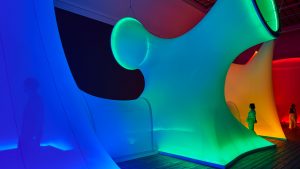
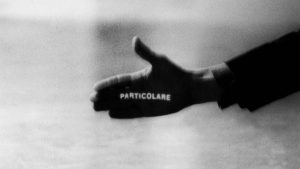

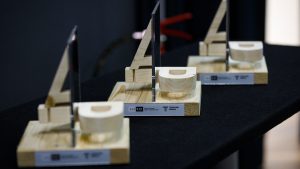
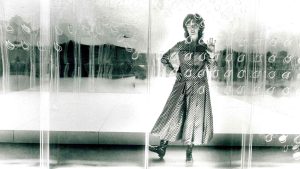


















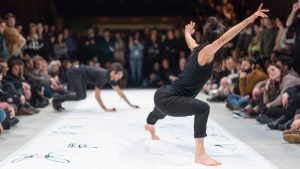










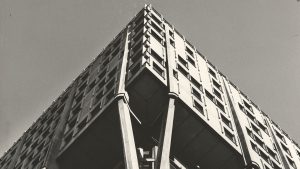

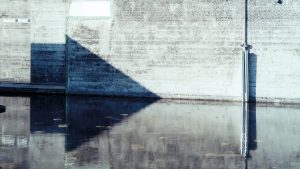
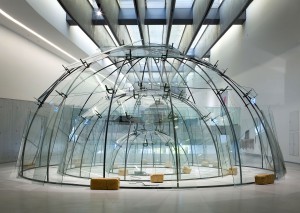
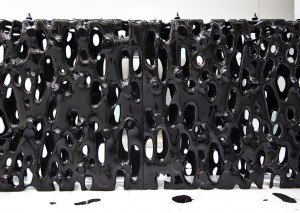
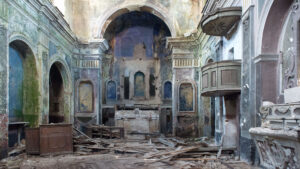

4 exhibitions/installations
01 Francesco Venezia 25 February-30 April 2011
02 West 8 20 May-21 August 2011
03 Campo Baeza 9 September-30 October 2011
04 UNStudio November 2011-January 2012
The cycle of exhibitions/installations through which MAXXI Architettura is exploring a diverse interpretation of the concept of monographic exhibitions is continuing.
A comparative method has been adopted to recount the most advanced strands of contemporary architecture and the different approaches and responses to the great themes characterising our era.? The four modest exhibitions with their agile theoretical and display configuration, staged in a strict temporal sequence in the same area of the museum but by different curators are to be seen as four distinct chapters in a single story, or rather a single overview of the complex geography of the contemporary architectural world.
Within the ambit of the individual installations, the four guest architects will on the one hand have the opportunity to create a specific space, capable of representing themselves and their relationship with the theme Nature and on the other to exhibit one or more of their projects with a focus on the theme.
The second chapter in the cycle is the exhibition by West 8, a group of Dutch architects, planners and landscape designers taking its name from a strong North Sea wind that in Rotterdam, the home of the group’s main studio, is together with the sea one of the most characterisic elements of the environmental context. Their designs in fact highlight man’s primordial need for contact with nature, albeit in the knowledge that nature is not necessarily better than the artificial.
West 8, Botanic Bridge Gwangju, 2001, Gwangju, South Korea
From the conversation between Adriaan Geuze with Alessandro d’Onofrio, published in the catalogue
For the exhibition design we were inspired by the unbelievable quality of the skylights in the museum. The Stolen Paradise underlines the pleasure provided by qualities of light, capturing and shaping that light with white transparent tree silhouettes, whose shadow and layers and gentle movement create an atmosphere that is really fantastic. Of course, these silhouettes together with the steel tree stumps in the courtyard literally state The Stolen Paradise paradigm. Above all, this installation is light, friendly and sensual – it is not grotesque.
For the presentation of our works we selected these projects because they all share a specific spirit of poetic narrative, and of recreated nature as a context for what we think of as humankind’s second nature. This will be made visible through abstract models of specific features of the projects, and cartoonish posters – like caricatures, or portraits of the projects.
Adriaan Geuze